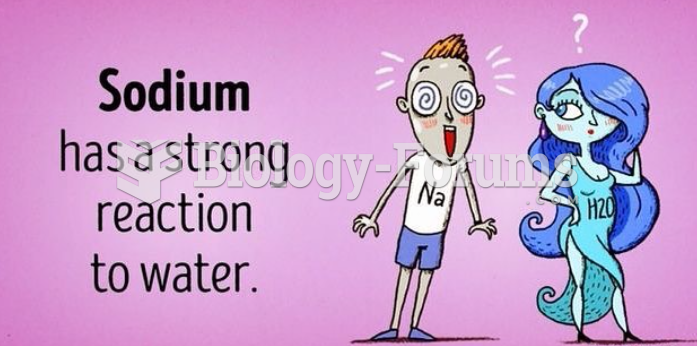|
|
|
The average older adult in the United States takes five prescription drugs per day. Half of these drugs contain a sedative. Alcohol should therefore be avoided by most senior citizens because of the dangerous interactions between alcohol and sedatives.
There are more sensory neurons in the tongue than in any other part of the body.
For high blood pressure (hypertension), a new class of drug, called a vasopeptidase blocker (inhibitor), has been developed. It decreases blood pressure by simultaneously dilating the peripheral arteries and increasing the body's loss of salt.
This year, an estimated 1.4 million Americans will have a new or recurrent heart attack.
Earwax has antimicrobial properties that reduce the viability of bacteria and fungus in the human ear.






